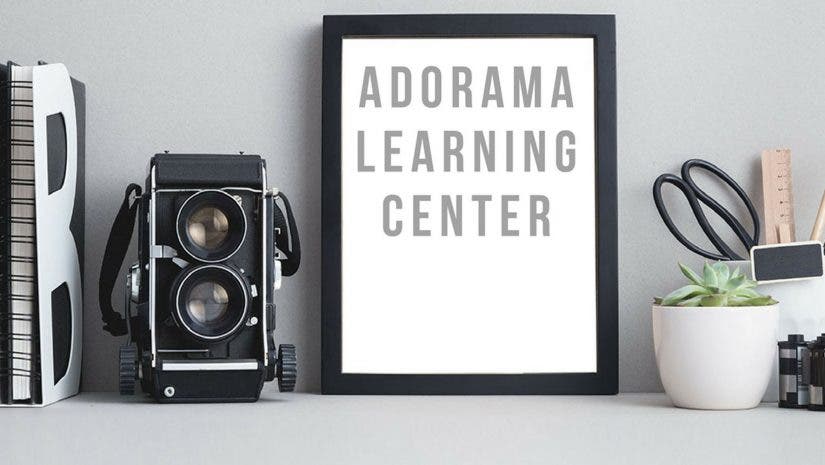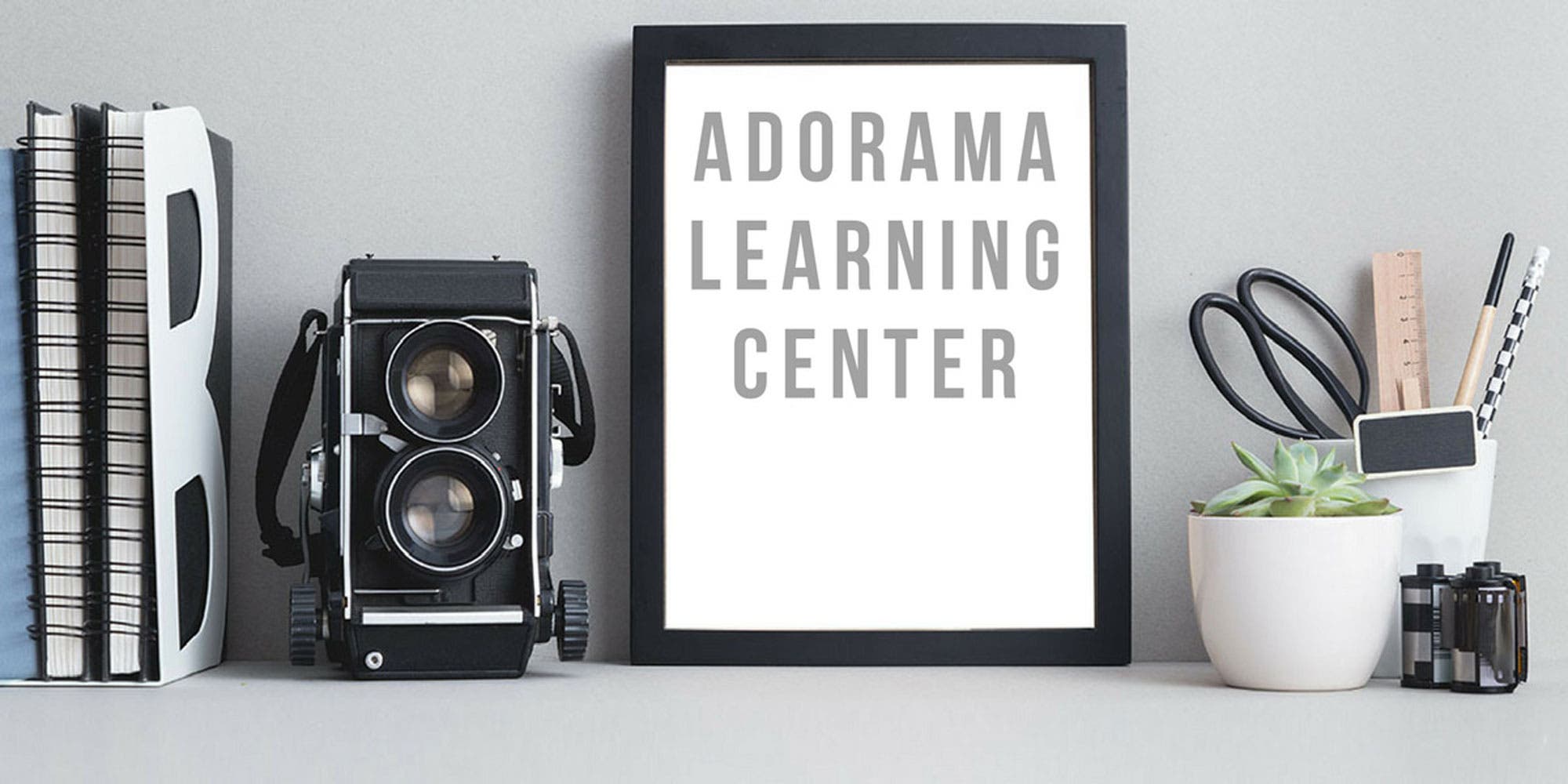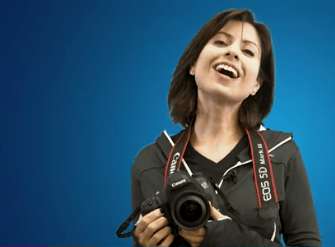Lensbaby’s Scout lens body is sold with a Fisheye lens. Here’s a look at both of them as a special-effects dynamic duo.
Industrial design: Lensbaby Scout with 12mm Fisheye Optics Swap System lens
In photography, optics can be divided into two categories: Optics that help the photographer to faithfully capture the reality in front of the lens, and those that help to transform the scene. A fisheye lens, because of its extreme and intentional distortion, falls into the latter special effects photogrpahy category. Put that fisheye lens in a Lensbaby and you’ve got a reality-altering double-whammy. Enter the Lensbaby Scout, which currently is available in a kit along with the Lensbaby 12mm manual-focus fisheye lens.
Enter the distortion zone: Close focusing to within an inch of the front of the lens lets you over-exaggerate scenes such as these break lights in back of a truck. Note the vignetting at the corners. That’s to be expected.
First, let’s talk about the Scout, which is different from any Lensbaby that has come before it. How? It doesn’t flex, bend or curve. It is simply a fixed-position barrel into which you insert your Optics Swap System optic, such as the Lensbaby Sweet 35, Edge 80, or the 12mm fisheye lens. A smooth, generously-sized, ribbed focus ring surrounds the industrial brushed-metal (and curved) barrel, which is available in Canon, Nikon, Pentax, Sony, and Olympus Four Thirds mounts.
The advantage of the Scout is that when using Lensbaby optics, you always know that the sweet spot (where image quality will be sharpest, assuming you’ve focused properly) will always be dead center. With all of the other Lensbaby lens bodies, you can never be quite sure if the sweet spot is centered. Not so with the Scout.
Now, plug in the Lensbaby 12mm fisheye lens, and you’ve got a special effects monster. The optic focuses very close—to about an inch from the surface of the lens—so there’s plenty of opportunity to raise the photographic distortion field. It is a fixed-aperture optic, but you can unscrew the front elements of the lens and insert the magnetic aperture discs, which fit around the rear element.
As with all Lensbaby lenses, you have to focus carefully and double- and triple-check it. What may look to be in focus in the viewfinder may be just slightly off when you view the image large, so take lots of practice shots and enlarge the preview image in the LCD monitor to confirm focus or adjust as needed. Using an f/5.6 or f/8 aperture disc will sharpen the overall image, especially in the sweet spot.
Images projected on a full-frame sensor will be round; on an APS sensor, the corners will be vignetted. If you’re shooting with a Four-Thirds sensor camera, you’ll get a regular rectangular image, although with extreme linear distortion.
The Lensbaby Fisheye is a fun optic to use, adds very little weight and takes up only a modest amount of space in your gadget bag; currently, buying a Lensbaby/Scout combo is the only way to add the Scout to your arsenal. Yes you can buy the Lensbaby Fisheye on its own for $150, but if you’ve already invested in the Lensbaby Optic Swap system, the addition of the Scout for another $100 gives you a new degree of consistency, while the Fisheye is a fun toy to play with.





